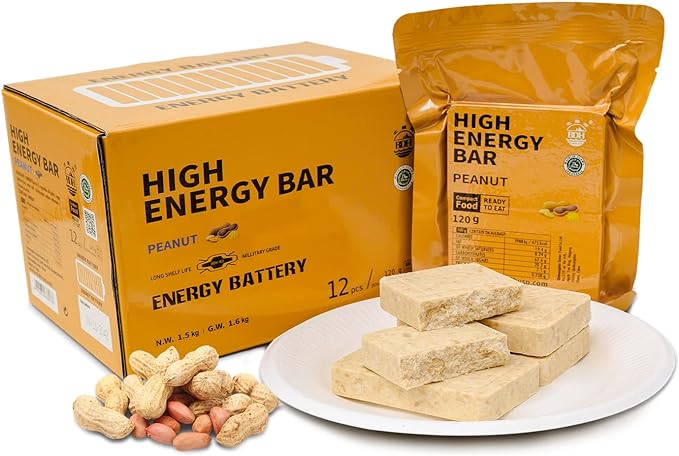What food to put in Emergency Kit New Zealand
In times of crisis, the comfort of familiar foods can provide solace and stability. Whether you're facing a natural disaster or unexpected emergency, having a well-prepared pantry can alleviate stress and ensure your family's well-being. Here's a comprehensive guide to help you select and store essential foods for your emergency supply, Survival Kit, Grab Bag or Disaster Kit in New Zealand.
Considerations for Emergency Foods
When assembling your emergency food supply, prioritize items high in calories, protein, carbohydrates, vitamins, and minerals. Opt for foods that require minimal or no cooking, as access to power and gas may be limited during emergencies. Also, choose canned goods with high liquid content in case water becomes scarce.
Recommended Foods to Store
Here's a list of essential foods to include in your emergency supply:
-
Ready-to-Eat Canned Goods: Stock up on canned meats, fruits, and vegetables for quick and easy meals.
-
Beverages: Include canned juice, long-life or powdered milk, instant coffee, and tea bags for hydration and comfort.
-
High-Energy Foods: Peanut butter, jam, salt-free crackers, energy bars, and compressed food bars provide sustained energy during crises. (SURVIVAL / DISASTER AND EMERGENCY RATIONS BARS - 20 YEAR SHELF-LIFE – Next72Hours)
-
Snacks and Comfort Foods: Consider hard sweets, sweetened cereals, snack bars, and biscuits to boost morale during difficult times.
-
Dried Foods: Dried fruit, nuts, crackers, pasta, rice, and beans are shelf-stable options that can last for extended periods.
-
Freeze-Dried Foods: Lightweight and nutritious, freeze-dried foods are excellent additions to your emergency supply but require water for reconstitution.
-
Whole-Grain Cereals: Oatmeal, whole-wheat, and multi-grain cereals offer essential nutrients and require minimal preparation.
-
Instant Meals: Cups of noodles or soup are convenient options but require water for reconstitution and may contain high sodium levels.
-
Special Dietary Requirements: Ensure you have an adequate supply of specific food items for individuals with dietary restrictions or special needs.
-
Pet and Animal Supplies: Don't forget to stock up on non-perishable foods for your pets and other animals.
Tips for Selection and Storage
- Avoid salty foods, as they can increase thirst and exacerbate water scarcity.
- Be cautious of commercially dehydrated foods that require significant water and effort for preparation.
- Choose packaging wisely to minimize the risk of breakage.
- Consider the water requirements for preparation when storing whole grains, beans, and dried pasta.
- Include compressed food bars for their long shelf life, lightweight nature, and nutritional value.
Conclusion
Building an emergency food supply for your Survival Kit, Grab Bag, or Disaster Kit is a critical aspect of disaster preparedness. By carefully selecting and storing a variety of shelf-stable foods, you can ensure that you and your loved ones are well-prepared to face any emergency situation. Take the time to assess your needs, plan accordingly, and rest assured knowing that you have a reliable source of nourishment during challenging times.

